Best Saltwater Fishing Rigs in 2025
By Adam Hawthorne | Last Modified: April 26, 2025
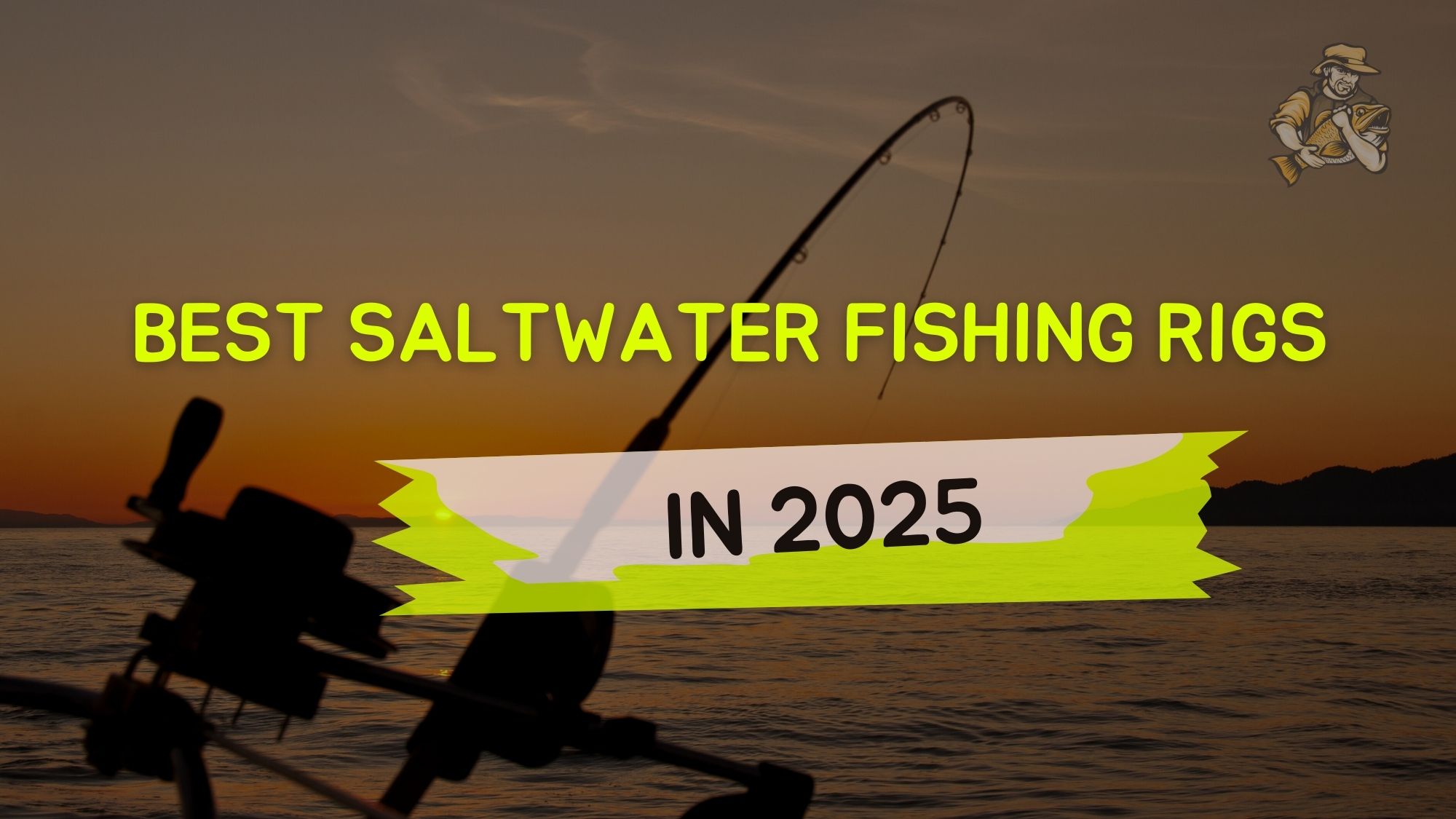
As someone who’s spent over three decades casting lines into just about every body of water I could find, I can tell you this – having the right saltwater fishing rig can be the difference between a cooler full of fish and a long, frustrating day on the water. I’ve learned this lesson the hard way more times than I’d like to admit.
Saltwater Fishing Rigs Every Angler Should Master
When I first started fishing the Atlantic coastline during a trip to North Carolina’s Outer Banks back in ’03, I showed up with my freshwater tackle and quickly discovered I might as well have brought a tennis racket for all the good it did me. The saltwater environment is a different beast altogether – stronger currents, bigger fish, and conditions that can change faster than my dog Finn can steal an unattended sandwich.
Through years of trial and error (mostly error), I’ve found that certain rig setups consistently outperform others in saltwater environments. While there’s no single “perfect rig” that works for every situation, having these essential setups in your arsenal will prepare you for almost any saltwater fishing scenario.
Let’s dive into the most effective saltwater fishing rigs that are producing results this year.
1. The Fish Finder Rig
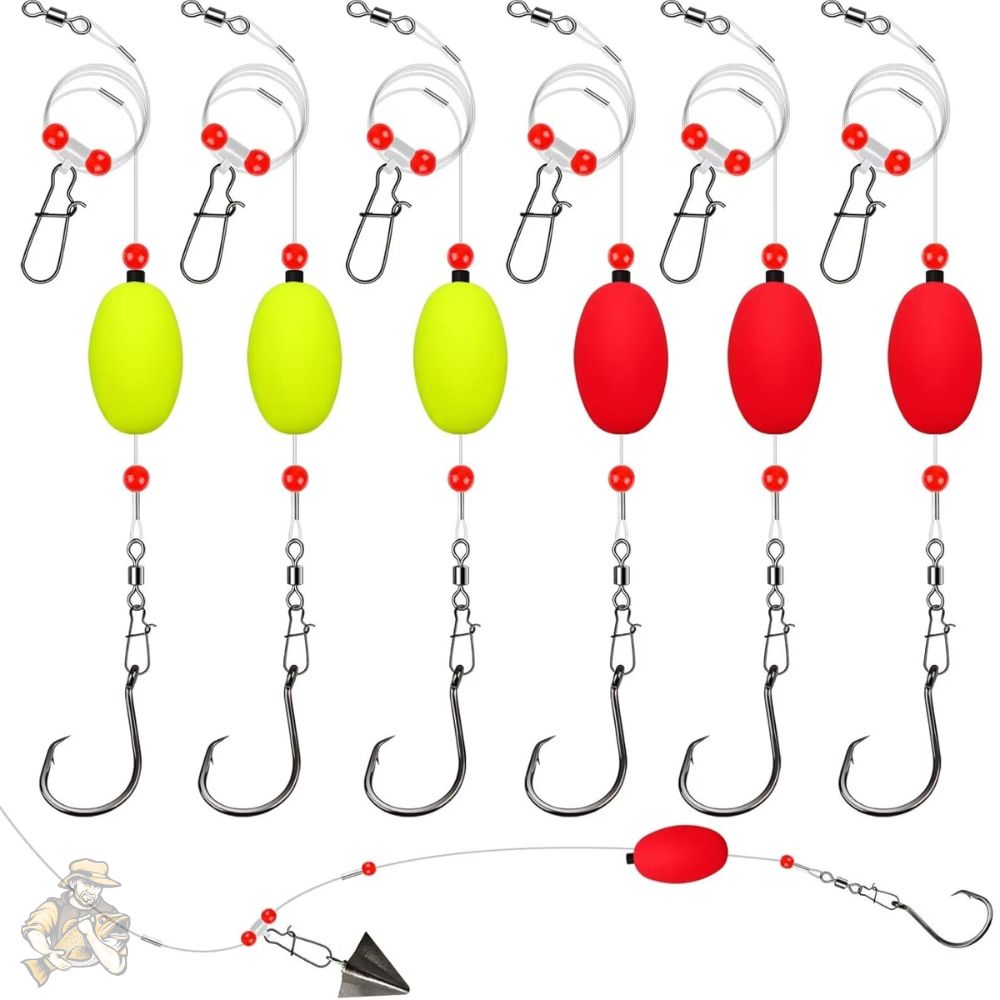
The fish finder rig might just be the most versatile saltwater setup you’ll ever use. I’ve caught everything from striped bass to sharks on this simple but effective configuration.
The basic setup consists of:
- A barrel swivel
- A plastic or metal slider
- A leader (usually monofilament or fluorocarbon)
- A circle hook
What makes this rig so effective is how it allows your bait to move naturally with the current while keeping your weight (typically a pyramid or bank sinker) separate from the hook. This natural presentation is absolutely critical when targeting wary fish like red drum or flounder.
I remember fishing the sandy shores near Cape Lookout one spring morning. The water was clear, and despite seeing fish actively feeding, they wouldn’t touch my standard bottom rig. Switched to a fish finder setup with a longer leader, and within 20 minutes I was battling a beautiful 7-pound flounder.
For best results, match your leader length to the conditions – in clear water, I’ll go as long as 3-4 feet. In murky conditions, a shorter 12-18 inch leader usually does the trick. The Michigan DNR has some great resources on bait presentation techniques that apply well to this setup.
2. Double Dropper Loop Rig
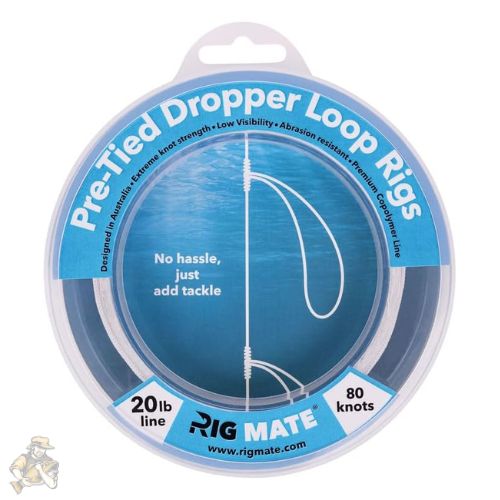
When I’m targeting multiple fish or want to cover different depths simultaneously, the double dropper loop rig (sometimes called a “high-low rig”) is my go-to choice.
This rig uses:
- A main line (usually 20-30 lb test)
- Two dropper loops tied about 12-24 inches apart
- A sinker at the bottom
- Hooks attached to each dropper loop
I often use this rig when fishing with my kids because it maximizes our chances of catching something. Nothing keeps children excited about fishing like actual fish on the line!
The real advantage here is coverage – you can bait each hook differently, testing what’s working on any given day. I’ll often put something like squid on one hook and cut bait on the other to see what’s getting more attention.
A fishing buddy of mine who guides down in Florida swears by this rig for pompano fishing, using sand fleas on both hooks. According to research from Florida Fish and Wildlife, this approach can be particularly effective when fish are feeding on crustaceans.
For shoreline fishing, I recommend heavier sinkers (4-6 oz) to hold position in the surf. If you’re fishing from a pier or in calmer waters, you can get away with much lighter weights.
3. Carolina Rig
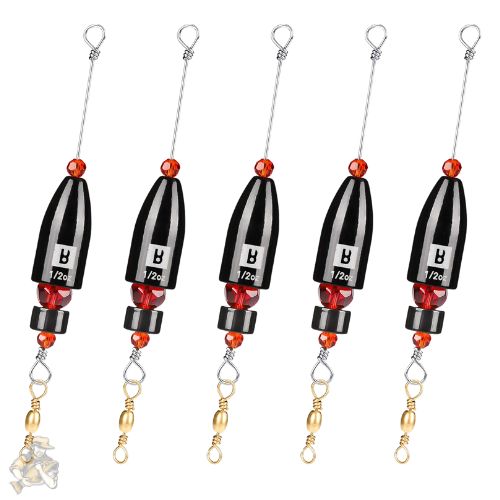
Don’t let anyone tell you the Carolina rig is just for bass fishing – it’s absolutely deadly for saltwater applications too. This is basically a modified fish finder rig but with some key differences that make it perfect for certain situations.
Components include:
- An egg or bullet sinker
- A plastic bead
- A barrel swivel
- Leader line
- Hook
The Carolina rig really shines when you’re fishing with live bait like shrimp, small crabs, or baitfish. The weight sits on the bottom while your bait can swim freely above it, creating an irresistible presentation.
I’ve had particularly good success using this rig for speckled trout along the Gulf Coast. The setup allows the bait to move naturally with the tide and current, which seems to trigger more strikes.
Last summer I was struggling to catch anything worthwhile near Traverse City until I switched to a Carolina rig with a slightly longer leader than usual – about 3 feet instead of my normal 18 inches. That small adjustment resulted in catching three nice walleye in quick succession. Sometimes the fish are just that picky about presentation.
According to a study published in the Journal of Coastal Research, predatory fish in tidal environments are more likely to strike at prey that moves naturally with water flow – exactly what the Carolina rig facilitates.
4. Popping Cork Rig
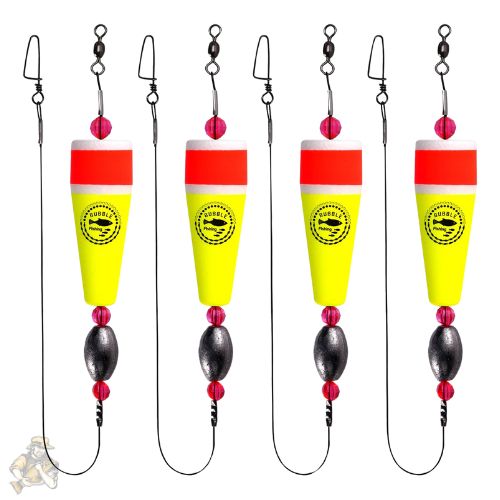
If I had to pick a single most entertaining saltwater rig to fish with, the popping cork rig would win hands down. There’s something immensely satisfying about the “pop-pop-pause” retrieve that mimics feeding fish and drives predators wild.
The popping cork setup is:
- A concave-faced cork or popper
- A leader hanging below (usually 2-4 feet)
- A jighead or hook at the end
- Live or artificial bait
This rig is absolutely devastating for redfish and speckled trout in shallow flats and estuaries. The popping sound mimics feeding fish, drawing in curious predators from surprising distances.
My son Tommy caught his first quality redfish using this rig in the Louisiana marshes. The look on his face when that cork disappeared was priceless – fishing moments like that stick with you forever.
For best results, vary your popping cadence until you find what works. Sometimes aggressive, rapid pops trigger reaction strikes, while other days a subtle “pop…long pause…pop” does the trick. The Fishing Wire published an interesting piece showing that sound frequencies from popping corks can travel up to 25 feet underwater in ideal conditions.
When fishing this rig, I’ve found that artificials like a DOA shrimp work almost as well as live bait in many situations, making this a great option when bait is hard to come by.
5. Chicken Rig
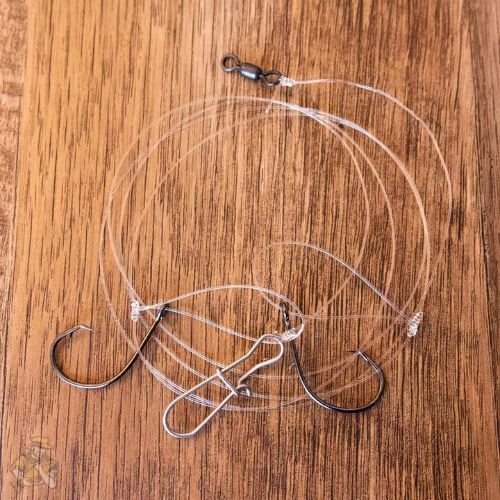
The chicken rig might have a funny name, but its catching ability is no joke. This rig excels for species like flounder, sea trout, and other bottom-dwellers.
Basic components include:
- Two dropper loops tied close together
- A bank sinker at the bottom
- Two hooks with different baits
- Often adorned with small colored beads or spinners for attraction
What separates this from a standard double dropper is the proximity of the hooks and the addition of attractants. The hooks are typically only 2-3 inches apart, creating the appearance of a small feeding cluster on the bottom.
I first learned about this rig from an old salt down in Pensacola who caught flounder with remarkable consistency. When I asked his secret, he showed me his chicken rig setup with small strips of squid on one hook and a gulp swimming mullet on the other.
The Marine Resource Council has documented how bottom-feeding species often hunt by detecting multiple prey items grouped together, which explains why this rig can be so effective.
For added effectiveness, try adding a small spinner blade or brightly colored beads just above one of the hooks. This creates flash and vibration that draws attention in murky water.
6. Trolling Feather Rig
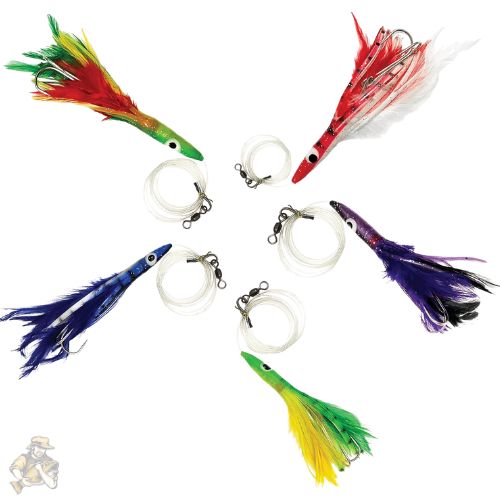
When I’m heading offshore for pelagic species like mahi-mahi, wahoo, or tuna, the trolling feather rig is always rigged and ready. This simple but effective setup has put more offshore fish in my boat than anything else.
A trolling feather setup includes:
- Heavy leader material (60-100 lb test)
- Colorful synthetic feathers or hair
- A sturdy hook (often 7/0 or larger)
- Sometimes a skirt or plastic attractant
The beauty of this rig is its simplicity and effectiveness at higher speeds. When trolled behind the boat at 6-9 knots, these rigs create a darting, erratic movement that mimics fleeing baitfish.
During a trip off the Florida coast a few years back, we were struggling to find fish until the captain switched us all to purple and black feather rigs. Within an hour, we’d boated three respectable mahi and had multiple other strikes. Color selection matters more than you might think.
According to NOAA Fisheries, certain pelagic species like wahoo and tuna can see colors differently than humans, with particular sensitivity to blues and purples – something to consider when selecting your feather colors.
When trolling these rigs, I like to stagger the distance behind the boat – some close, some far – to create a “spread” that looks like a scattered school of baitfish.
7. Sabiki Rig
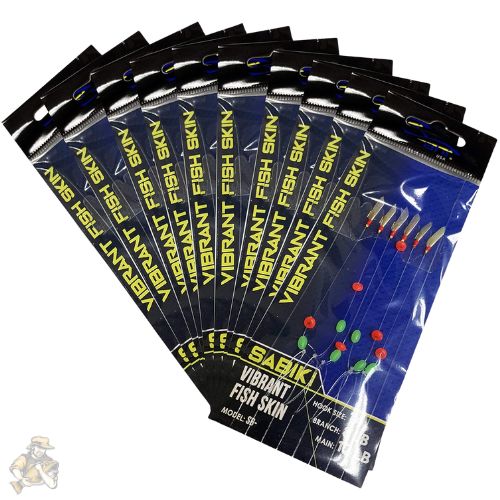
Sometimes catching bait efficiently is just as important as catching your target species. That’s where the Sabiki rig truly shines. This Japanese-designed rig consists of multiple small hooks with tiny flashy attractants arranged vertically on a single line.
A typical Sabiki includes:
- 5-6 small hooks on short droppers
- Tiny flash material or synthetic “feathers” on each hook
- Often a weight at the bottom
- Sometimes a swivel at the top
I’ve spent many mornings using Sabiki rigs to load up on fresh baitfish before targeting larger gamefish. There’s really nothing more effective for quickly catching sardines, herring, or small mackerel.
The first time I used one of these rigs I was amazed – I’d been wasting hours trying to net baitfish when I could have filled my livewell in 15 minutes with a Sabiki. Talk about a game-changer!
Savvy anglers on The Hull Truth fishing forum often discuss customizing Sabiki rigs with different hook sizes and flash materials for targeting specific baitfish in different regions.
Pro tip: Store your Sabiki rigs wrapped around specialized holders or old CD cases to prevent the ultimate tangled mess. I learned that one after spending an entire hour untangling a brand new rig before I could even use it. Not my proudest fishing moment.
Regional Adaptations for Saltwater Rigs
What works in Florida might not be the best choice for New England waters. Having fished coastlines across North America, I’ve noticed how local anglers modify standard rigs to match regional conditions.
Along the Northeast coast, where strong currents and rocky bottoms are common, anglers often use heavier sinkers and shorter leaders to keep rigs from snagging. Meanwhile, Gulf Coast fishermen frequently opt for lighter tackle and longer leaders in the calmer, shallower waters.
During a trip to the Texas coast, I watched locals catching speckled trout using a modified popping cork rig with multiple small plastic beads above and below the cork. The extra noise these beads created seemed to draw more attention in the murky Gulf waters. I’ve since incorporated this modification into my own rigs with noticeable improvement.
The Gulf of Mexico Fishery Management Council has extensive resources on region-specific fishing approaches that can help you adapt these basic rigs to your local conditions.
Selecting the Right Hook for Your Rig
Hook selection can make or break your success with any of these rigs. I remember a frustrating day on Lake Michigan when I couldn’t seem to hook anything despite constant nibbles. Turns out I was using hooks that were too large for the cautious fish that day.
For most saltwater applications, I recommend:
- J-hooks: Great for artificial lures and active fishing where you’ll be setting the hook
- Circle hooks: Excellent for live bait fishing and when fish might take the bait while you’re not paying attention
- Treble hooks: Best for certain artificial lures but can be problematic for catch and release
When targeting larger species, don’t make the rookie mistake of going too heavy on everything. While you need strong hooks, oversized hooks can reduce your bite rate significantly. I generally use the smallest hook that can reliably handle the target species.
The American Sportfishing Association provides excellent resources on hook selection that align with both effectiveness and conservation goals.
Leader Material Considerations
Having lost more big fish to poor leader choices than I care to admit, I’ve become somewhat obsessive about matching leader material to conditions.
Here’s what I’ve found works best:
- Fluorocarbon: When visibility is good and fish are leader-shy
- Monofilament: Good all-around choice with some stretch that helps prevent pulled hooks
- Wire: Necessary when targeting toothy critters like mackerel, bluefish, or sharks
Leader length matters too. In clear water, I’ll often use leaders up to 4-5 feet long to separate my terminal tackle from any hardware that might spook fish. In murky water, shorter 12-18 inch leaders are usually sufficient.
One modification I’ve had success with is using a slightly heavier leader than conventional wisdom suggests. While this might reduce bites slightly, the increase in landing percentage more than makes up for it. Nothing worse than losing the fish of a lifetime to an undersized leader – trust me on that one.
FAQ: Saltwater Fishing Rigs
What’s the best all-around saltwater rig for beginners?
If I had to recommend just one rig for a beginner to start with, it would be the fish finder rig. It’s versatile, relatively simple to tie, and effective for a wide range of species from shore or boat. This rig allows natural bait presentation while still providing enough weight to cast effectively. The sliding sinker design also lets fish take the bait without feeling resistance, which is perfect when you’re learning to detect strikes.
How do I prevent my rigs from tangling during casting?
This is something that plagued me for years until I figured out a few tricks. First, use slightly stiffer leader material, which resists tangling. Second, make compact casts rather than trying to cast for maximum distance every time. Third, add a small split shot about midway down your leader on double-dropper rigs to keep everything tracking straight during the cast. And finally, always check your rig in shallow water before casting to make sure everything’s running true.
Do I really need different rigs for different fish species?
While there’s definitely overlap, having a selection of different rigs will significantly improve your success rate. Different species feed differently – some are aggressive and will chase moving baits, while others are bottom-oriented ambush predators. According to research from marine biologists, fish feeding behaviors are often species-specific and understanding these differences can dramatically improve catch rates.
What size hooks should I use for saltwater rigs?
This varies widely depending on target species and bait size. For smaller species like whiting or croaker, I use #4 to 1/0 hooks. For medium species like redfish or snook, 1/0 to 3/0 is my standard range. For larger species like big stripers or small sharks, I’ll jump up to 5/0 or larger. Remember that hook size should match your bait – the hook should be large enough to secure the bait without overwhelming it.
How do saltwater rigs differ from freshwater setups?
The biggest differences are in materials and scale. Saltwater rigs typically use corrosion-resistant hardware that can stand up to salt exposure. They’re also generally heavier duty with stronger hooks, heavier leaders, and larger terminal tackle. That said, some rigs like the Carolina rig work well in both environments with minor modifications. I’ve used essentially the same Carolina rig for largemouth bass in Lake Michigan and redfish in the Gulf, just scaled appropriately.
How often should I change out my saltwater rigs?
Inspect your rigs before every fishing trip. Salt water is incredibly corrosive, and components degrade much faster than in freshwater. Pay special attention to metal components like hooks and swivels, looking for rust or corrosion. I typically rebuild my rigs every 2-3 trips, or immediately after catching a significant number of fish, as the abrasion from fish mouths can weaken leaders. This maintenance habit has saved me from losing trophy fish more times than I can count.
Can I use the same rig in different depths of water?
Yes, but you’ll need to adjust certain elements. The same rig types work in different depths, but you’ll need to adjust sinker weights and possibly leader lengths. In deeper water or stronger currents, use heavier weights to maintain bottom contact. In shallow water with light current, lighter weights prevent spooking fish while still providing casting distance. According to the International Game Fish Association, adapting your terminal tackle weight to conditions is one of the most overlooked aspects of successful saltwater fishing.
Final Thoughts on Saltwater Rigs
After three decades of trial and error in saltwater environments from the Great Lakes to the Gulf of Mexico, I’ve found that mastering a handful of versatile rigs will serve you better than carrying dozens of specialized setups.
Focus on learning to tie these rigs quickly and correctly, then practice adapting them to different conditions. Sometimes the difference between success and failure is as simple as lengthening a leader by 12 inches or downsizing a hook by one size.
Remember that even the perfect rig won’t catch fish if there aren’t any around. Pay attention to tides, water temperature, and bait presence. I’ve caught more fish by finding active schools and presenting a simple rig than I ever have by using complex setups in unproductive areas.
Before heading out on your next saltwater adventure, practice tying these rigs at home. Nothing more frustrating than trying to tie complicated knots on a rocking boat with salt spray in your eyes – another lesson I’ve learned the hard way for you.
Whatever you’re targeting this season, having these proven saltwater rigs in your arsenal will dramatically improve your chances of success on the water. Tight lines!

Meet Adam Hawthorne
I’m a lifelong fishing enthusiast who’s spent years exploring rivers, lakes, and oceans with a rod in hand. At Fishing Titan, I share hands-on tips, honest gear reviews, and everything I’ve learned about fish and ocean life, so you can fish smarter and enjoy every cast.
Share:

Meet Adam Hawthorne
I’m a lifelong fishing enthusiast who’s spent years exploring rivers, lakes, and oceans with a rod in hand. At Fishing Titan, I share hands-on tips, honest gear reviews, and everything I’ve learned about fish and ocean life, so you can fish smarter and enjoy every cast.
Related Articles
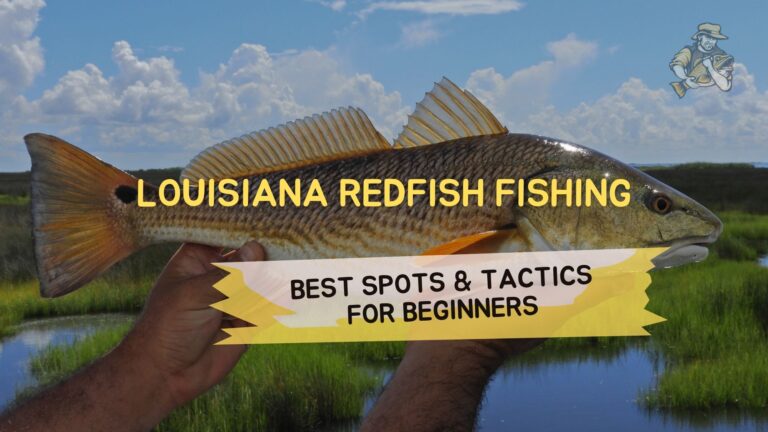
Louisiana Redfish Fishing: Best Spots & Tactics for Beginners
Finding that first bull red is a moment you never forget. The pull, the power – it’s something special. I’ve been chasing redfish (or red…
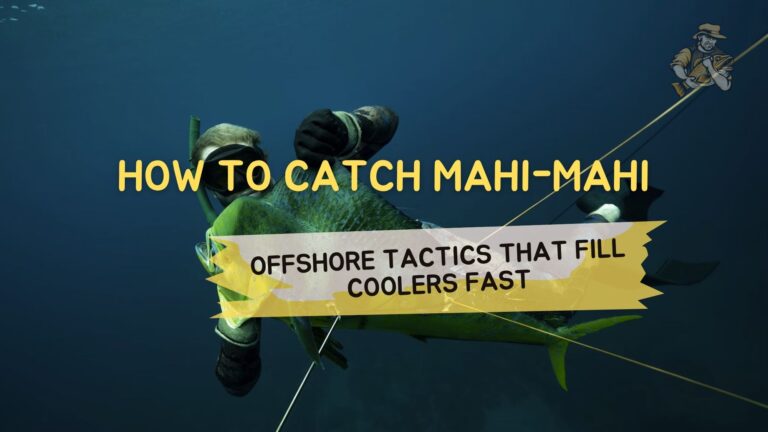
How to Catch Mahi-Mahi: Offshore Tactics That Fill Coolers Fast
I still remember my first encounter with mahi-mahi (also called dolphin fish or dorado). We were about 20 miles offshore from Key West on a…

New York Fishing License: Costs, Types & Where to Buy in 2025
Figuring out fishing licenses can be a headache, especially when you’re just eager to get out on the water. Over my years of fishing throughout…
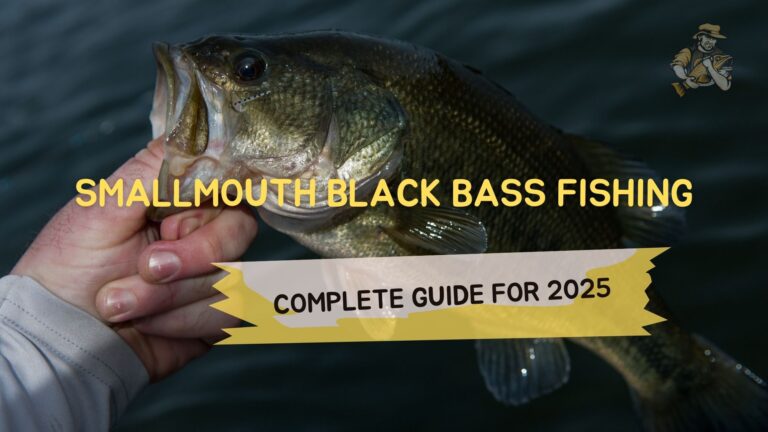
Smallmouth Black Bass Fishing: Complete Guide for 2025
If you’ve ever felt that sudden, powerful tug on your line followed by an acrobatic jump that leaves your heart racing, chances are you’ve hooked…

